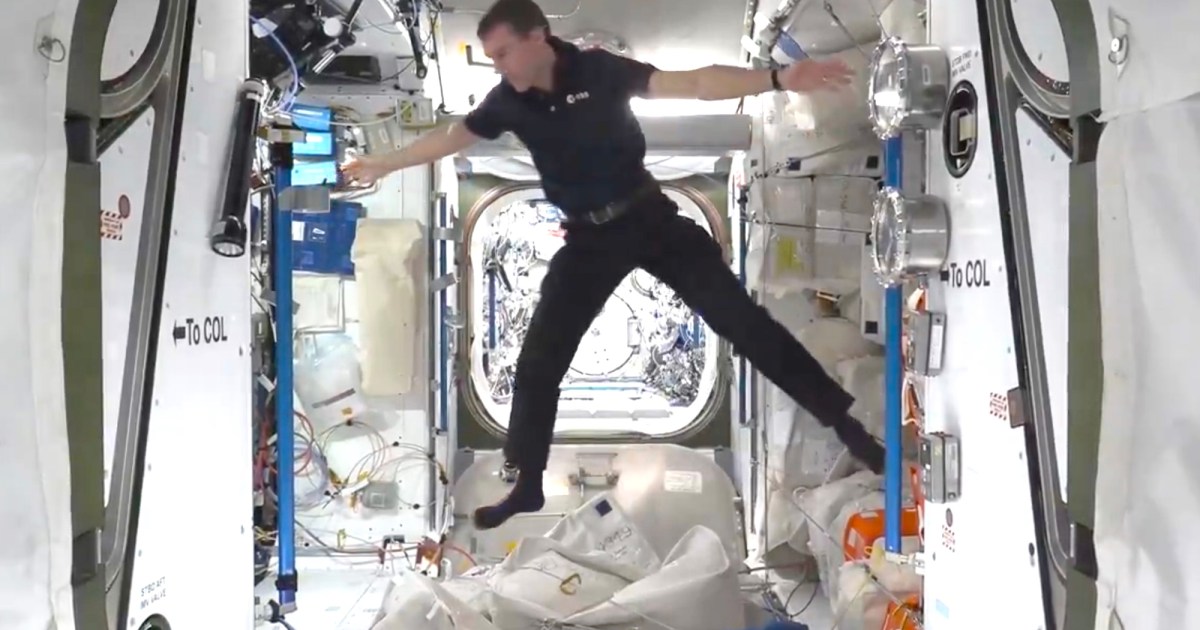
Axiom Space’s third private astronaut crew to visit the International Space Station (ISS) returned safely to Earth on Friday after staying in orbit for just over two weeks.
Walter Villadei, Alper Gezeravcı, and Marcus Wandt, and professional astronaut Michael López-Alegría, departed the orbital outpost on Wednesday, four days later than originally planned due to poor weather conditions at the splashdown site off the coast of Daytona, Florida.
A day after emerging from the SpaceX Crew Dragon capsule that brought him home, Sweden-native Wandt shared a video on social media titled “Space waltz.”
Wandt, who spent much of his time aboard the ISS conducting science research and snapping stunning photos of Earth, said the video shows him practicing various maneuvers that helped him to glide more easily through the station in the microgravity conditions.
“The training prepared me for most of my tasks during the Muninn mission on the space station,” Wandt wrote. “But one thing that is difficult to train for is the feeling of microgravity, or how much I have to push myself to get my body translating into the velocity I want, or how I turn into a corner in a good way, or how I reposition myself. That is difficult to train, so I had to practice a bit up there.”
Space waltz.
The training prepared me for most of my tasks during the #Muninn mission on the @Space_Station.
But one thing that is difficult to train for is the feeling of microgravity, or how much I have to push myself to get my body translating into the velocity I want, or… pic.twitter.com/bqoeiK9bF6
— Marcus Wandt (@astro_marcus) February 11, 2024
While López-Alegría was contracted by Axiom Space for his trip to the ISS, the other three seats were bought by national agencies rather than wealthy individuals, which was the case with Axiom Space’s first two private orbital missions.
Quite a few privately funded missions have been flown to the ISS over the years, but most have been organized by Russia’s space agency, Roscosmos, and conducted using Russian Soyuz spacecraft. Axiom Space’s missions, on the other hand, use SpaceX’s Falcon 9 rockets and Crew Dragon spacecraft, which launch from U.S. territory.
NASA launched efforts to organize its own private orbital trips in 2019 after striking a partnership with Texas-based Axiom Space.
The space agency said benefits of the initiative include reduced costs for access to the low-Earth-orbit economy, and an expansion of the range of commercial activities that can be performed on the orbital laboratory some 250 miles above Earth.
Axiom Space flew its first private to the ISS in April 2022, while the next one is planned for no earlier than October this year.
Editors’ Recommendations
Services Marketplace – Listings, Bookings & Reviews
